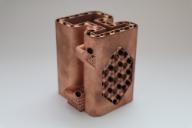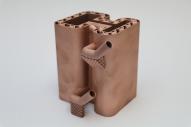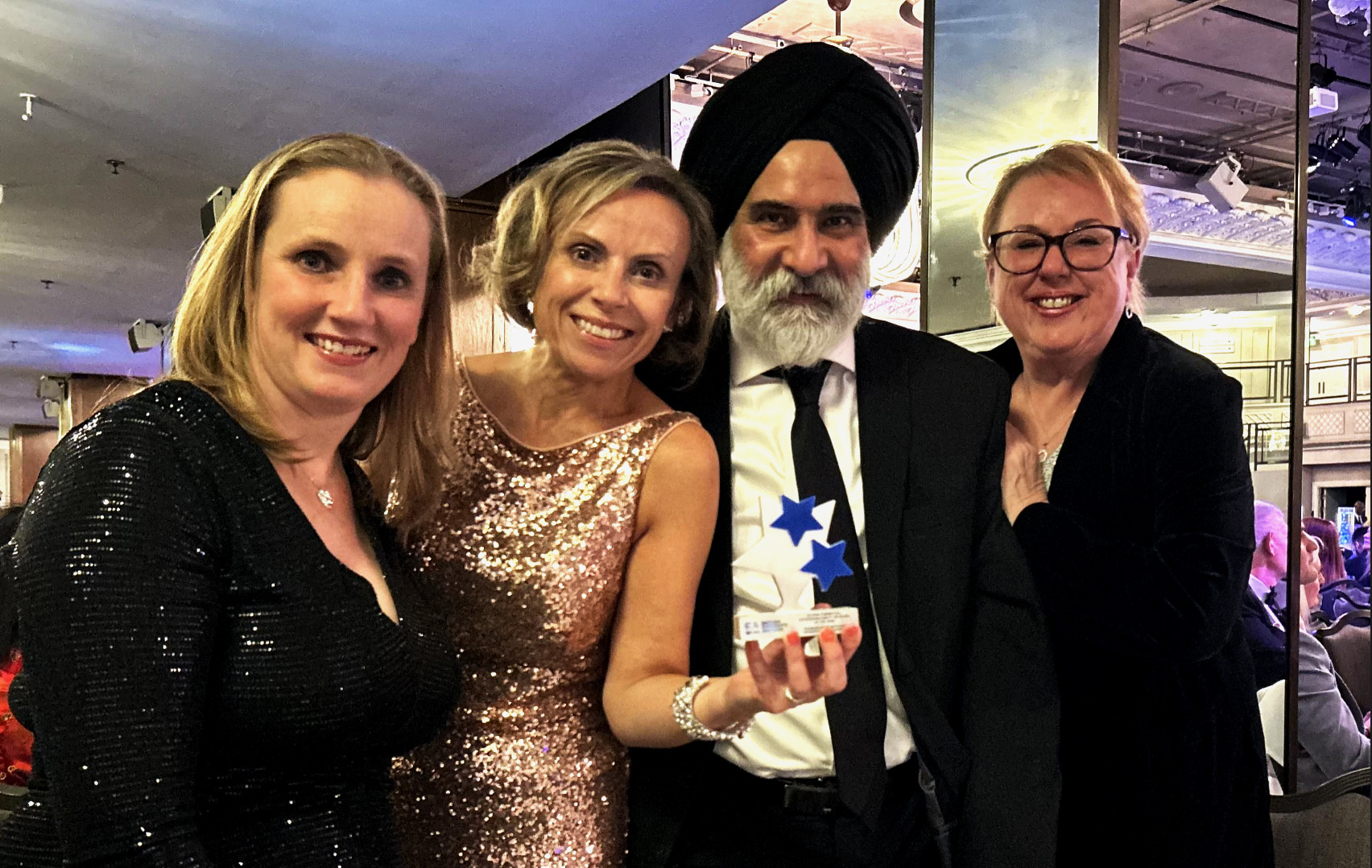
Collaboration investigates Copper 3D printing for synchrotron absorbers
The University of Wolverhampton, the UK’s Astronomy Technology Centre and Diamond Light Source investigate copper 3D printing for optimised synchrotron absorbers.
The Science Technology Facilities Council's (STFC), UK Astronomy Technology Centre (UK ATC) and the UK's National Synchrotron Diamond Light Source (DLS) have collaborated with the University of Wolverhampton and its research spin out company, Additive Analytics, to investigate the use of copper 3D printing for synchrotron absorbers.
Copper, renowned for its desired thermal and electrical properties is critical in numerous applications, especially in the era of net zero, electrified transportation and green manufacturing. However, its laser processing challenges have hindered its widespread adoption in metal 3D printing technologies such as laser powder bed fusion (L-PBF) additive manufacturing (AM).
The University of Wolverhampton’s Centre for Engineering Innovation and Research (CEIR) and Additive Manufacturing research group are specialists in L-PBF material and process development, having installed the UK’s first metal L-PBF machine in the late 90s.


Professor Arun Arjunan, Director of the universities Elite Centre for Manufacturing Skills (ECMS) and Centre for Engineering Innovation and Research (CEIR) said: "Working with the STFC, UK ATC and Diamond Light Source optimising their synchrotron absorbers using copper 3D printing techniques highlights the potential of additive manufacturing and thermal management. By combining our expertise in advanced materials and 3D printing technologies, we will continue to develop innovative solutions that meet the growing demand for efficient thermal management systems across various industries."
Utilising the manufacturing freedom offered through an EOS M290 laser powder bed fusion machine, the original part was redesigned to include conformal cooling channels and gyroid structures for passive cooling and lightweighting. Multiple design adjustments for function and additive manufacturing are showing promising increased thermal dissipation, reduced material weight and greater potential to have shorter components.
While more research and testing are still planned for this project, initial prototype simulations show a maximum temperature drop of around 20%, a mass reduction of around 80% and part consolidation from 21 parts to 1. There are around 30 000 accelerators around the world and around 60 synchrotrons pushing the limits of science and could benefit from heritage component redesign using AM. The thermal performance of the prototypes and associated metrology will be discussed in an upcoming publication.”
Picture caption: Diamond Light Source synchrotron absorber proof of concept designs 3D printed in pure copper.
About University of Wolverhampton
The University of Wolverhampton’s AM experience and history spans over two decades. The University was the first UK institution to install a laser-based AM machine in the late 90s, and since then has been at the forefront of metal AM development. Recently the University’s additive manufacturing of functional materials (AMFM) research group has capitalised on this experience and knowhow developing proprietary data driven laser powder bed fusion parameters enabling 3D printable anti-Covid materials, high purity copper and silver and winning the 2022 Emerald Literati Award.
About Additive Analytics
Incorporated in May 2017 Additive Analytics Ltd was established to develop intellectual property (IP) emerging from increased industry interest in the University of Wolverhampton’s Additive Manufacturing Research Group. Based at the University’s Elite Centre for Manufacturing Skills at the University’s £120M Springfield Campus, the spin out will bring together next generation laser optics, digital manufacturing, predictive modelling, and machine learning techniques for enhanced sustainable manufacturing.
Funding and project team acknowledgements.
The authors gratefully acknowledge UKRI for the funding through UKRI Future Leaders Fellowship project: Printing the future of space telescopes—MR/T042230/1. STFC UK Astronomy Technology Centre (UKATC): Younes Chahid, Carolyn Atkins Stephen Watson, Maia Jones, Mark Cliffe, Dayo Ogunkanmi. Diamond Light Source (DLS): Paul Vivian, Stephen Hodbod, Xia Liu. University of Wolverhampton / Additive Analytics: Prof Arun Arjunan, John Robinson, Abul Arafat, PhD, Aaron Vance, Dr. Manpreet Singh, Tharumal Wanniarachchi,
TPMS designs generated using nTop and samples manufactured using an EOS M290 400W.
Dr John Robinson
J.Robinson12@wlv.ac.uk, contact@additiveanalytics.co.uk
Prof Arun Arjunan
Anyone interested in studying for courses in the Faculty of Science and Engineering at the University of Wolverhampton should register for one of our forthcoming Open Days.
For more information please contact the Corporate Communications Team.


/prod01/wlvacuk/media/departments/digital-content-and-communications/images-2024/Diane-Spencer-(Teaser-image).jpg)
/prod01/wlvacuk/media/departments/digital-content-and-communications/images-18-19/220325-Engineers_teach_thumbail.jpg)
/prod01/wlvacuk/media/departments/digital-content-and-communications/images-2024/240509-Menopause-Research-Resized.jpg)
/prod01/wlvacuk/media/departments/digital-content-and-communications/images/Maria-Serria-(teaser-image).jpg)
/prod01/wlvacuk/media/departments/digital-content-and-communications/images-2024/241014-Cyber4ME-Project-Resized.jpg)
/prod01/wlvacuk/media/departments/digital-content-and-communications/images-2024/240315-Research-Resized.jpg)
/prod01/wlvacuk/media/departments/digital-content-and-communications/images-2024/BDA-group-photo.jpg)


